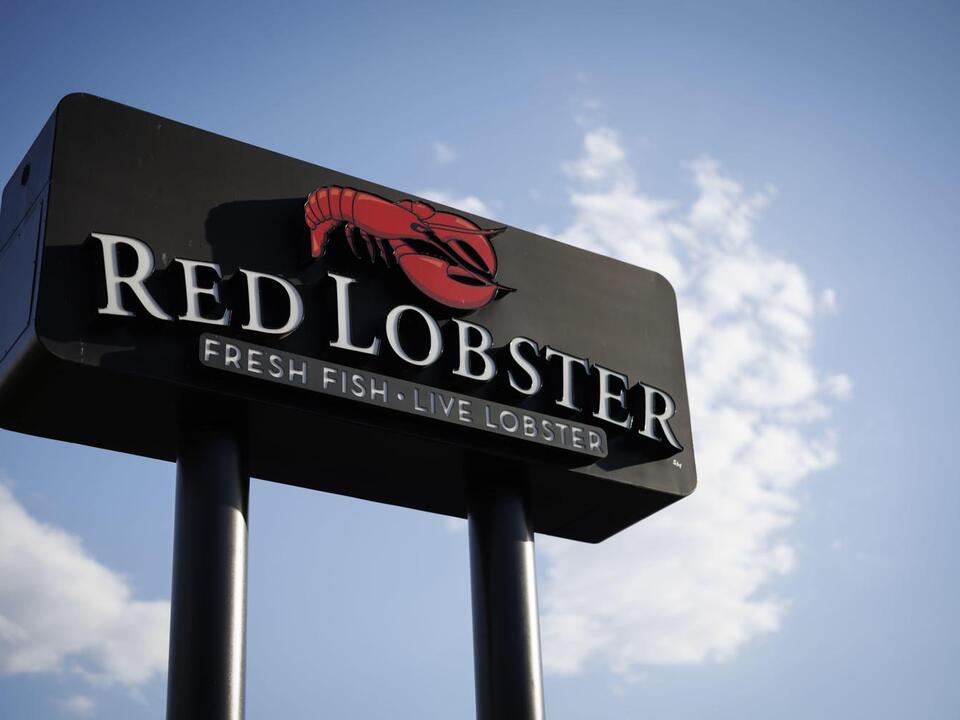Physical Address
304 North Cardinal St.
Dorchester Center, MA 02124
Physical Address
304 North Cardinal St.
Dorchester Center, MA 02124

In a significant development for the seafood chain Red Lobster, a U.S. bankruptcy judge has approved the company’s reorganization plan, allowing it to exit Chapter 11 bankruptcy protection. This approval comes just months after the chain filed for bankruptcy protection in May due to mounting losses and shrinking customer numbers, leading to its decision to pursue a sale.
The reorganization plan is backed by a lender group led by asset management firm Fortress, which is set to acquire the business. Red Lobster’s Chapter 11 filing was a direct response to years of declining sales, which culminated in a substantial loss of $76 million in 2023. In the lead-up to and during the bankruptcy process, the chain closed several of its North American locations, over 50 of which had their equipment auctioned just days before the bankruptcy filing.
Upon emerging from bankruptcy, Red Lobster anticipates maintaining approximately 544 locations across the U.S. and Canada, a reduction from the 578 locations it had before the filing. This move to simplify operations is part of their broader strategy to reestablish the brand in a competitive restaurant landscape.
The acquisition is expected to finalize by the end of September, after which Red Lobster will continue to operate as an independent entity. As part of the transition, the company is also set to welcome a new CEO, Damola Adamolekun, a former head of P.F. Chang’s. Adamolekun was appointed to lead RL Investor Holdings, the entity acquiring Red Lobster, by Fortress last week. In a recent statement, he expressed optimism about the company’s future and acknowledged the contributions of Jonathan Tibus, the outgoing CEO, during the challenging bankruptcy period.
To aid its recovery post-bankruptcy, Red Lobster’s new owners will provide additional capital, with commitments exceeding $60 million for long-term investments aimed at revitalizing the brand. This funding is crucial as the chain seeks to regain its footing after facing serious financial pressures over the past few years.
Red Lobster, well-known for its affordable seafood and signature cheddar biscuits, has a long history marked by several ownership changes since its inception in 1968 by Bill Darden. The chain was sold to General Mills in 1970, leading to the creation of Darden Restaurants, which also owns popular restaurants like Olive Garden. Darden was spun off from General Mills in 1995, and in 2014, Red Lobster was sold to a private equity firm. The Thai Union Group, one of the world’s largest seafood suppliers, invested in 2016 and increased its stake in 2020 but announced intentions to divest its minority investment earlier this year.
The divestment by Thai Union was partly due to economic challenges exacerbated by the COVID-19 pandemic, rising operating costs, and prolonged negative financial returns from Red Lobster. The company reported a $19 million loss attributed to its investment in Red Lobster during the first nine months of 2023.
One notable contributing factor to Red Lobster’s financial woes was its “endless shrimp” promotion. In 2022, the chain expanded this popular all-you-can-eat offer to attract customers, which led to customer demand overwhelming the company’s resources. Despite the promotion’s appeal, it became financially unsustainable, leading to Thai Union’s comments on how the offering’s pricing structure did not provide adequate profitability.
This is not the first time Red Lobster has faced challenges linked to its promotional campaigns. In 2003, the company similarly struggled with an “Endless Crab” promotion when the price of crab surged, resulting in significant losses.
As Red Lobster moves forward from its recent bankruptcy, the focus will be on stabilizing the brand, establishing a path to profitability, and navigating the competitive landscape of the restaurant industry.
Source: CBS News



